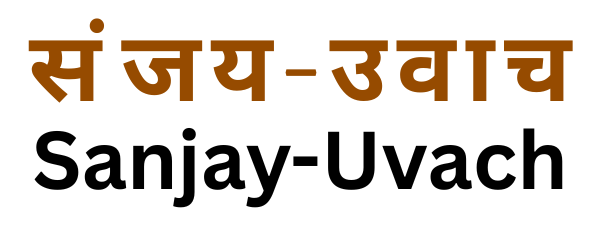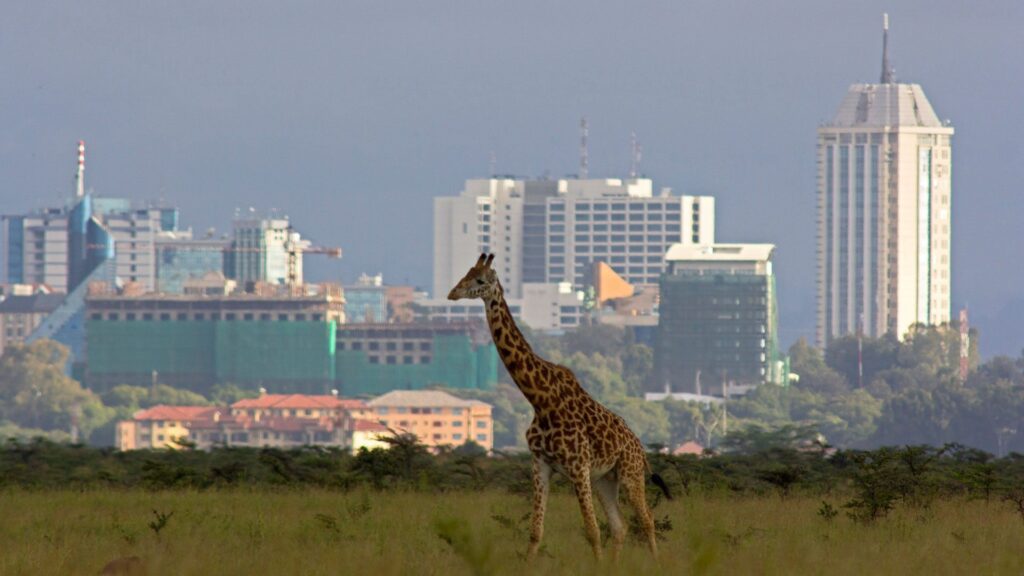It happened pretty fast. I was casually asked by Delhi-based CEO of a mini hydro-power company, a Canadian, if I would be interested in an opening in an insurance company in Kenya. As I was grappling with certain personal circumstances which an overseas stint would have helped me in, I agreed to explore the proposition further. A few calls and a few days later, I found myself on a plane to Nairobi. Without a firm job-offer or a visa or yellow-fever vaccination which, common sense would suggest, were the pre-requisites.
With my own ill-informed impressions of a country and lots of apprehensions about my own ability to reconcile with everything new, I landed at the Jomo Kenyatta International Airport, Nairobi.
Not having a visa (though Kenya was a visa-on-arrival country then) and wanting to enter un-vaccinated brought out my worst fears as I faced the immigration authorities. Having successfully made a case for the visa, vaccination became an issue as the officials wanted to vaccinate and quarantine me for a few days. Young as I was then, I offered to return to India by the next flight which was scheduled a few hours later that very day. I am pretty sure, the Indian authorities, in the similar circumstances, would have, without demur, taken anyone up on the offer to return. But the Kenyan officials responded differently by explaining to me the need for vaccination and mildly chiding me for my impulsive reaction to take the return flight. As I was being finally cleared to enter Kenya, I overheard a lady official commenting “Muhindi mwenye hoja” (argumentative Indian, in Swahili).
After initial few days in Kenya, I came to know that the whites were colloquially called Mzungus and the Indians Muhindis. Almost forgot, the Sikhs were called Kalasinghas. It is said that ignorance is the greatest bliss. It certainly is. Little did I realize that the terms Mzungu, Muhindi, and Kalasingha had distinct socio-cultural & economic contexts. Coming from India where we commonly paint people with geographic or linguistic or caste brushes, I should have known better. More on the Mzungus and the Kalasinghas in some other blog as I wish to focus on the Muhindis here.
Let me share three experiences before I address the profounder dimensions of the Muhindi status.
I was often driven around in Nairobi by George Odhiambo, our company driver. An elderly, caring person who had an enviable sense of humour and an un-accusingly simple curiosity about the ways of the Indians. Though not vey often, I would come home for lunch. George was always invited by my wife to join us at the table which he happily did. The inscrutability of expressions on his face notwithstanding, on being treated to the spicy Indian meal, he always thanked my wife for the meals and also for her being different from the others (read Muhindis). During the small talks at the table, one day he innocently asked me as to why didn’t Indians marry Africans. George’s was a very simple observation but, as I started knowing the country and its people better, I realized there was much more to it.
Though not highly social otherwise, my social instincts got a fillip in Kenya as it was my first stint outside India. A new set of people with a newer way of life encouraged me to circulate a lot outside of office hours. I explored the city of Nairobi (and later the port-town of Mombasa) extensively. Game parks, country-clubs, casinos, discs, shacks-of-restaurant, choma joints, exotic watering holes, jazz bars and brasserie were oft visited by me with my Kenyan colleagues. My frequenting these socio-economically diverse and multi-ethnic places prompted two of my close colleagues, Christopher Maina & Lillian Nyambane, to ask (not very explicitly) as to how come the expat-Muhindis were different from the others to celebrate the never-ness of tomorrow, a mantra that most Kenyans live by. I could gauge the subtle hints in the observation.
Mzee Peter Nyakiamo was the first African Head of Barclays Bank in Kenya who, later, became a Minister in the Government of Kenya. Congeniality personified, he would chat up the management team often when he came to attend the meetings of the Directors on the Board of the company I worked with. He once sheepishly asked me if it was true that the Indians in India could milk a buffalo. (To the un-initiated, even lions avoid confronting an African buffalo). On one occasion, I got into a brief conversation with him about the extra-vigorous processing of work-permits of the expatriates. He was pretty upfront whilst responding that expatriates are needed to help the country prepare for tomorrow and not to administer the continuity of yesterday. The underlying message was not lost on me.
George, Christopher, Lillian and Mzee Nyakiamo had, I am sure now, more serious questions in their minds but they chose not to verbalize them. They preferred, I gather, me to introspect and seek answers from within me. Actually, twenty years after my return to India, it dawned on me that actually there was a dichotomy and these people were not sure as to who to put the questions to, citizen-Muhindis or expat-Muhindis.
We seldom interacted with non-Indians socially. I did not see Indian and non-Indian families together, routinely enjoying dinners at each other’s homes. Some stray cases apart, I did not see non-Indians being invited to and participating in our festivals. The participation of Indians in social or community-linked causes rarely extended beyond the CSR realm. Our drinks and dine-outs with non-Indians were mostly work-driven. Of recent vintage was our participation in the polity which was largely prompted by the need to protect self-interests rather than those of the society at large. Driven by our strong perceptions, I did not see any inter-racial marriage involving an Indian. Family-run businesses almost-never had non-Indians helming critical functions. The comfort with similarly-complexioned lower-rung human resources was too visible to be ignored.
The exceptions were touted as trophies but the Kenyan milieu had a different reality.

